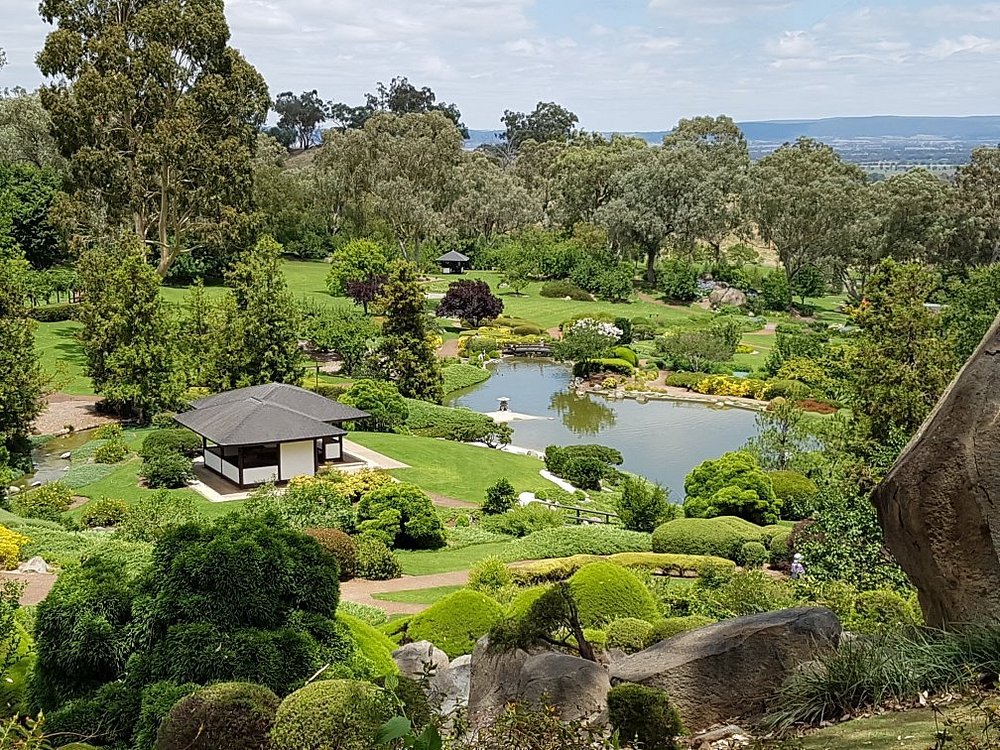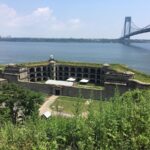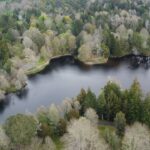Quick Bits:
Cowra is a regional town nestled in the Central West of New South Wales. Though small, it carries the weight of history, natural charm, and agricultural significance. With vineyards, cultural festivals, and memorials, Cowra welcomes travelers seeking peaceful landscapes and profound stories. From the legacy of war to the celebration of peace, Cowra stands as a beacon of quiet transformation.
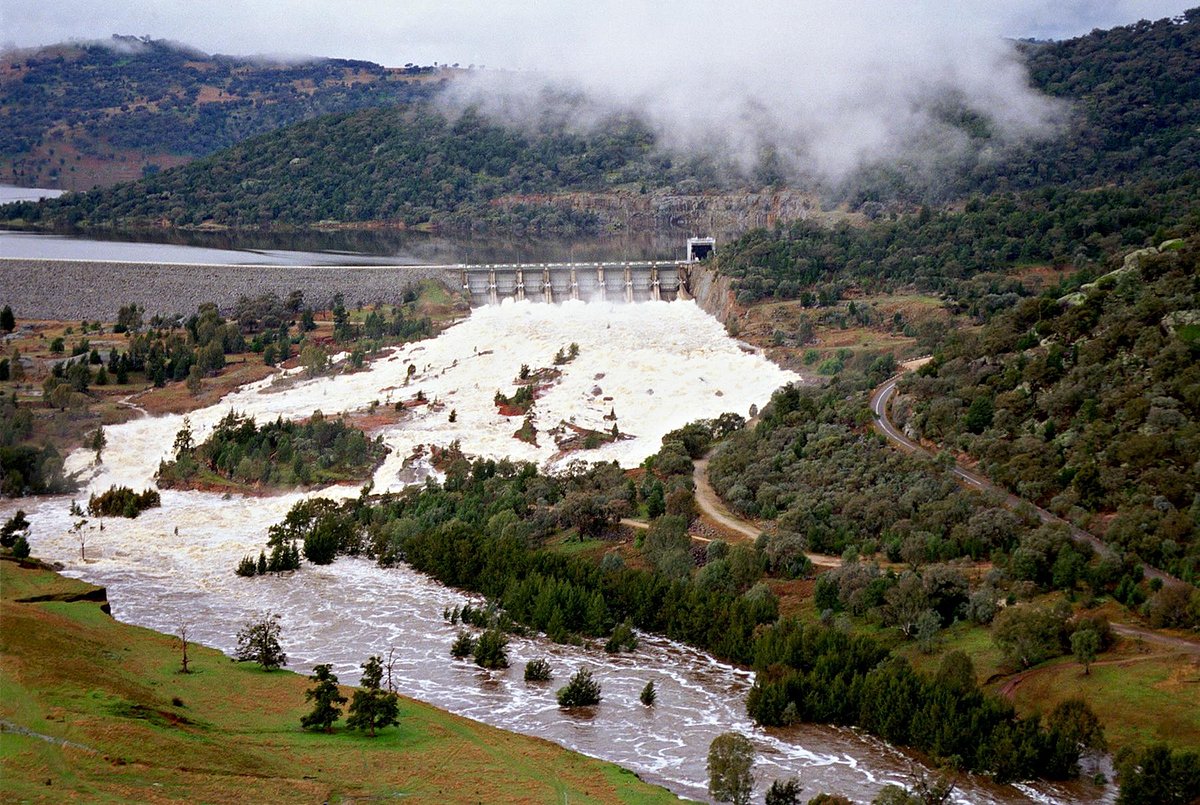
Image by: Ian M – Via Tripadvisor
Key Highlights
- Cowra blends history, nature, and serenity
-
Known for its WWII Japanese Garden and cultural ties
-
Surrounded by rolling hills, vineyards, and tranquil rivers
-
A gateway to the Lachlan Valley and rural New South Wales
-
Ideal for heritage enthusiasts, nature seekers, and slow travel lovers.
General Information
Cowra is a rural service town. While agriculture plays a central role, tourism and heritage are growing drivers. Local produce, especially wines and cherries, draw seasonal crowds. The Japanese Garden and Cultural Centre remains the town’s jewel, symbolizing reconciliation and reflection.
-
Location: Central West NSW
-
Established: Mid-19th century
-
Population: Approx. 10,000
-
Distance from Sydney: Around 310 kilometers west
-
Time Zone: Australian Eastern Standard Time (AEST)
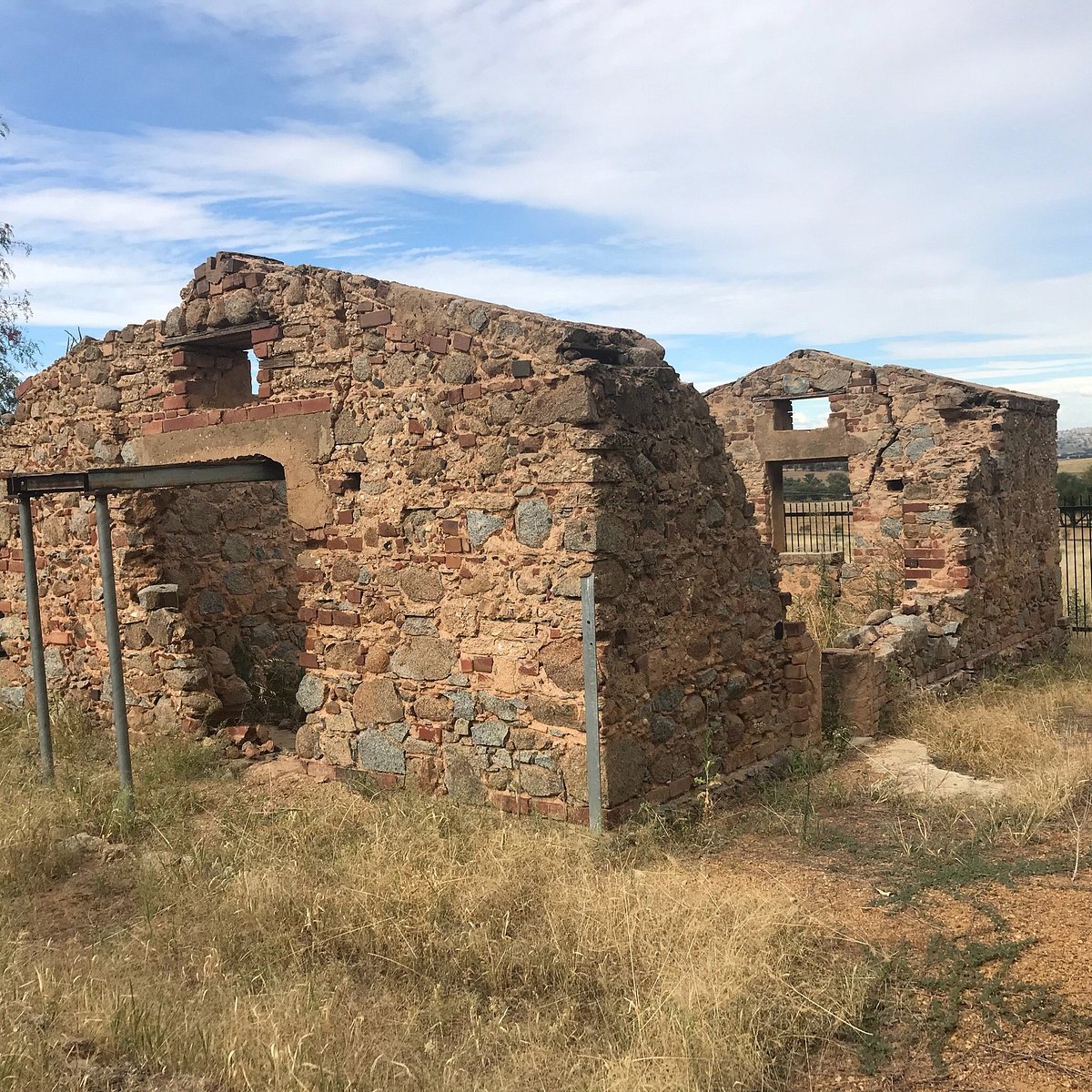
Image by: Mick C – Via Tripadvisor
Geography Information
Cowra sits on the banks of the Lachlan River. It lies between rolling plains and modest elevations, which form part of the Great Dividing Range’s western reaches. The landscape alternates between dry woodlands, vineyards, and farmland. Nature defines the boundaries of this inland town.
-
Elevation: Approx. 300 meters
-
Nearby Natural Features: Wyangala Dam, Conimbla National Park, and the Lachlan Valley
-
Soil and Agriculture: Fertile and varied, supporting grain, livestock, and vineyards
-
Water Source: Lachlan River and local catchments including Lake Wyangala
The countryside is picturesque, with golden fields and eucalyptus groves giving way to serene riversides. At dusk, it’s not uncommon to see kangaroos grazing near the edges of town.
Image by: Durga – Via FumingTomatoes
Places to Visit
Cowra may be modest in size, but its sites carry depth and emotion.
Cowra Japanese Garden and Cultural Centre
-
Purpose: A symbol of peace and friendship between Australia and Japan
-
Design: Created by landscape architect Ken Nakajima
-
Features: Waterfalls, cherry trees, tea houses, bonsai collections
-
Activities: Seasonal festivals, tea ceremonies, art exhibitions
This space represents post-war healing. It is serene and harmonious, inviting visitors to wander, reflect, and reconnect.
Cowra Prisoner of War Camp Site
-
Historical Relevance: Location of the 1944 POW breakout
-
Memorial Purpose: Reflects on the lives lost and the bond built afterward
-
Walking Trails: Offer interpretive signage and glimpses of ruins
Cowra War Cemeteries
-
Divided: Australian and Japanese sections
-
Atmosphere: Respectful and solemn
-
Notable Feature: First Japanese War Cemetery in Australia
Cowra Heritage Walk
-
Distance: Around 2.5 kilometers
-
Stops: Historical buildings, former schools, vintage stores
-
Style: Self-guided with detailed plaques
Lachlan Valley Railway Heritage Centre
-
Exhibits: Steam engines, carriages, restoration workshops
-
Experience: Nostalgic journey into NSW’s rail history
Wyangala Dam
-
Distance: About 40 minutes from Cowra
-
Activities: Boating, fishing, camping
-
Scenery: Panoramic views and wildflowers in spring
Local Vineyards
-
Wine Types: Chardonnay, Shiraz, Tempranillo
-
Experience: Cellar doors, food pairings, vineyard tours
-
Atmosphere: Rustic and personal.
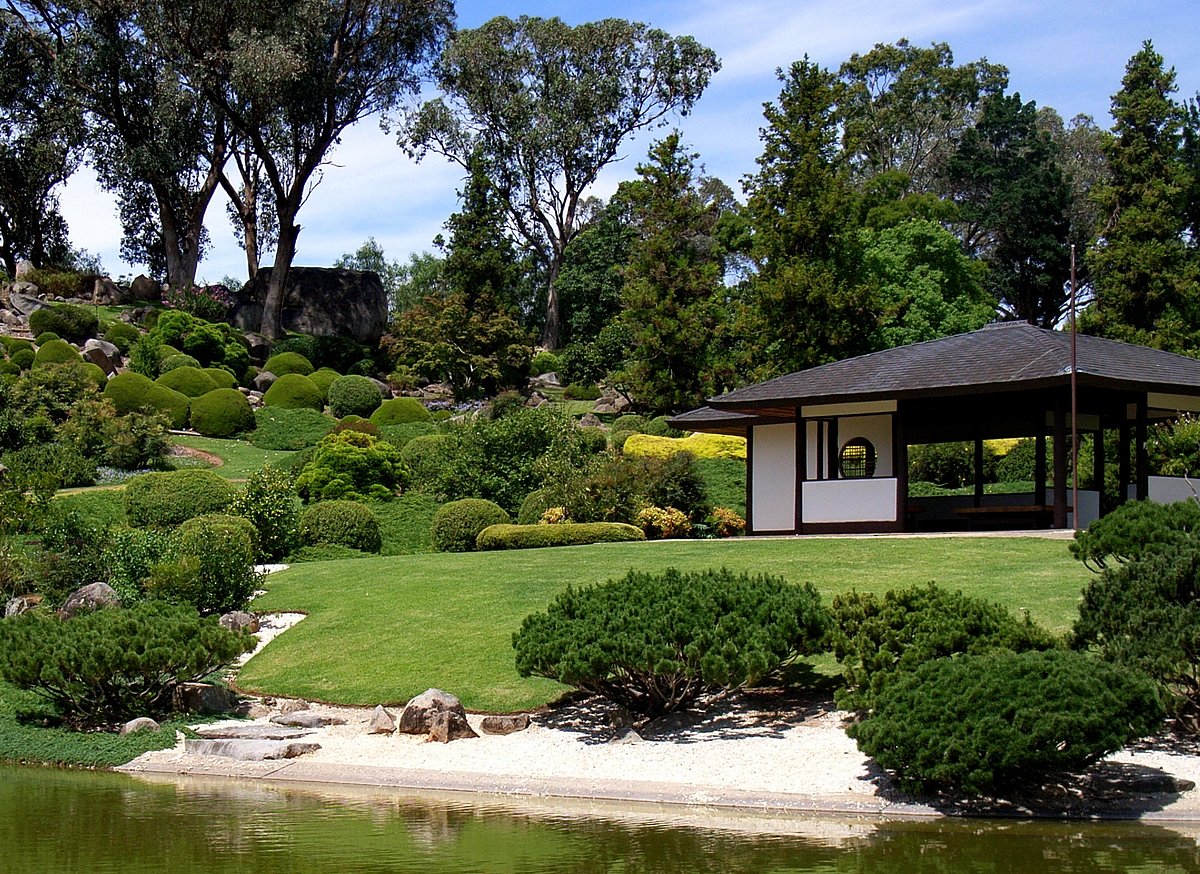
Image by: CowraJapaneseGarden – Via Tripadvisor
Yearly Climate
Cowra’s climate shifts gently across the seasons. Summers are hot and dry, while winters bring cold mornings and crisp air. The area sees enough rainfall to support farming, though drought years occur.
| Season | Temperature Range (°C) | Weather Notes |
|---|---|---|
| Summer | 15–35 | Hot days, dry heat |
| Autumn | 8–28 | Cool mornings, golden trees |
| Winter | 2–15 | Frost, fog, and chill |
| Spring | 10–30 | Blossoms, mild warmth |
Rain falls mostly between late autumn and early spring. Winter sees early morning fog that lifts by mid-morning, revealing soft light and open skies..
Best Time of Year to Visit
The best seasons to explore Cowra are spring and autumn. These months offer:
-
Spring (Sep–Nov):
-
Cherry blossoms at the Japanese Garden
-
Comfortable temperatures
-
Active birdlife and blooming wildflowers
-
-
Autumn (Mar–May):
-
Vivid foliage across town
-
Warm days with cool evenings
-
Ideal vineyard conditions
-
Winter suits those who seek silence and fog-veiled mornings. Summer, though hot, appeals to campers and water lovers heading to Wyangala Dam.
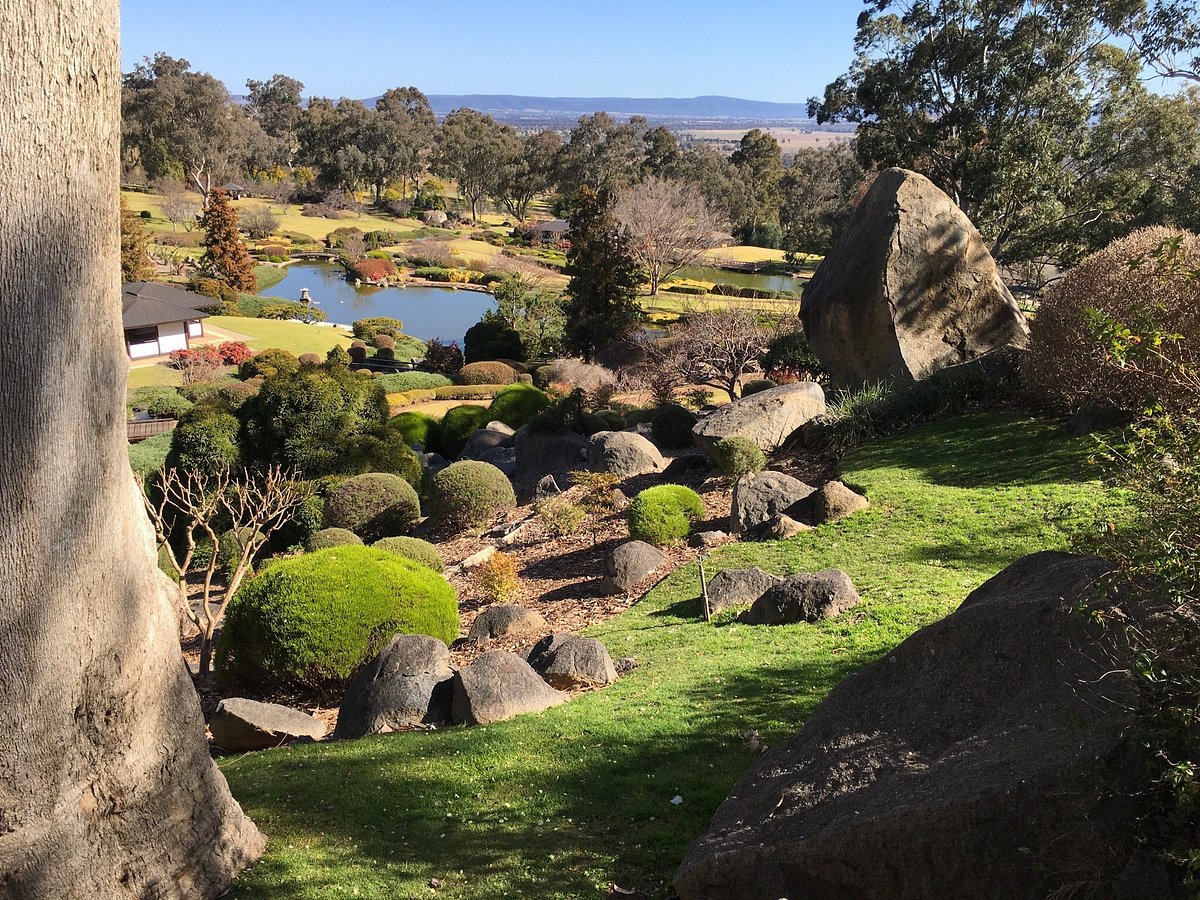
Image by: Geraldine M – Via Tripadvisor
In Summary…
Cowra is a haven for travelers who appreciate depth over dazzle. It tells stories—of war, peace, nature, and resilience. Wander the gardens, trace the footsteps of history, and savor the wines. This town offers more than scenery. It offers reflection. Whether you stay for a weekend or a week, Cowra remains in your memory.

